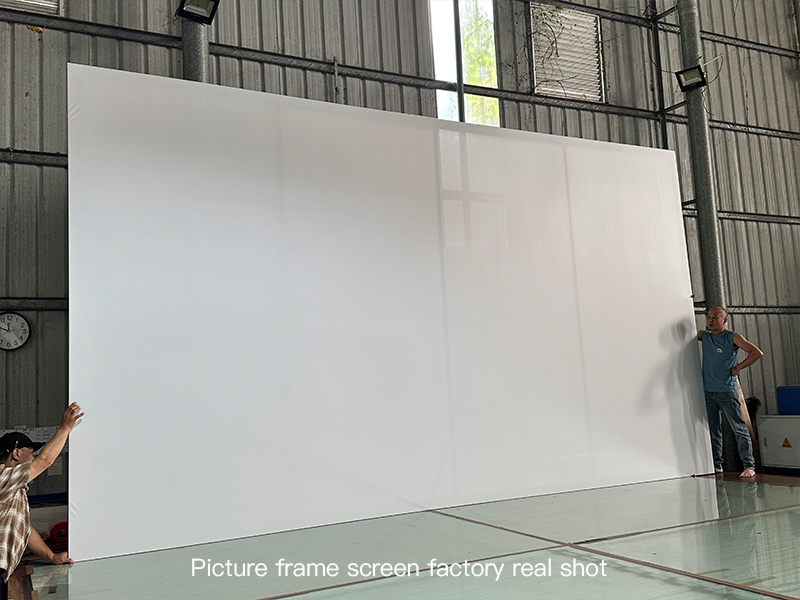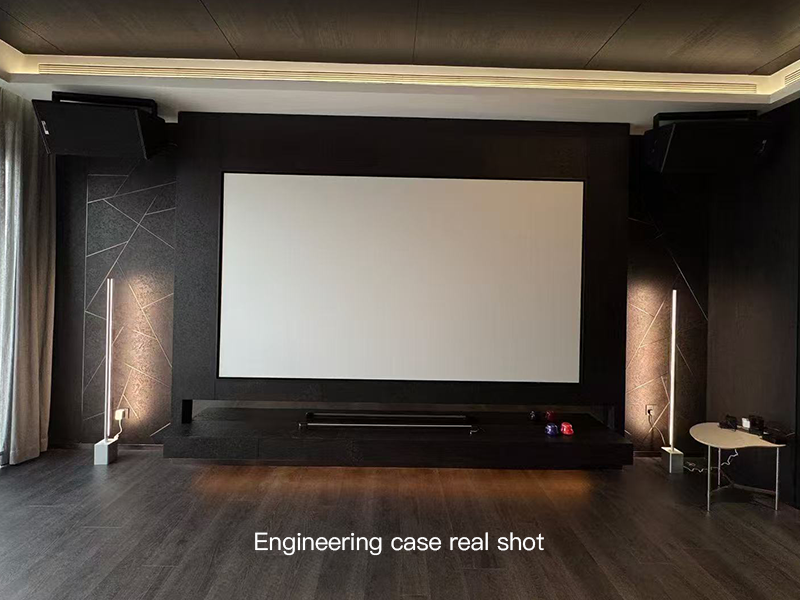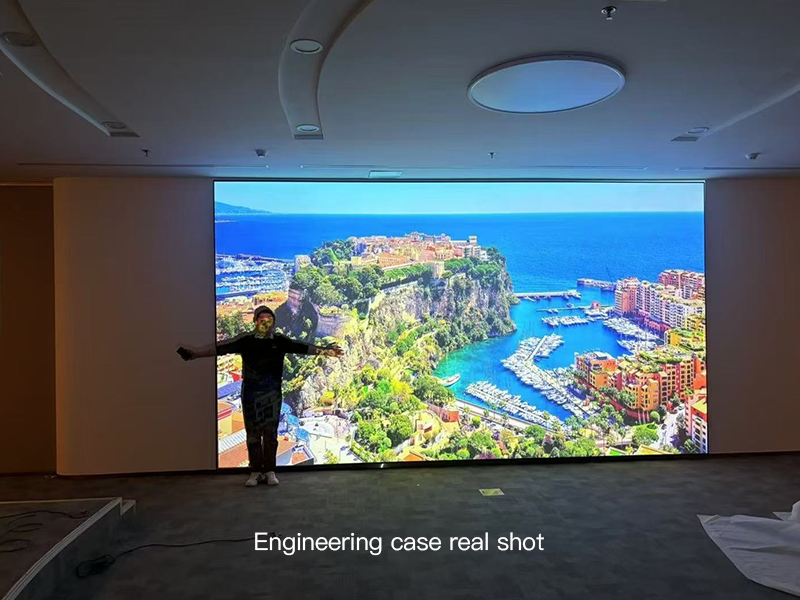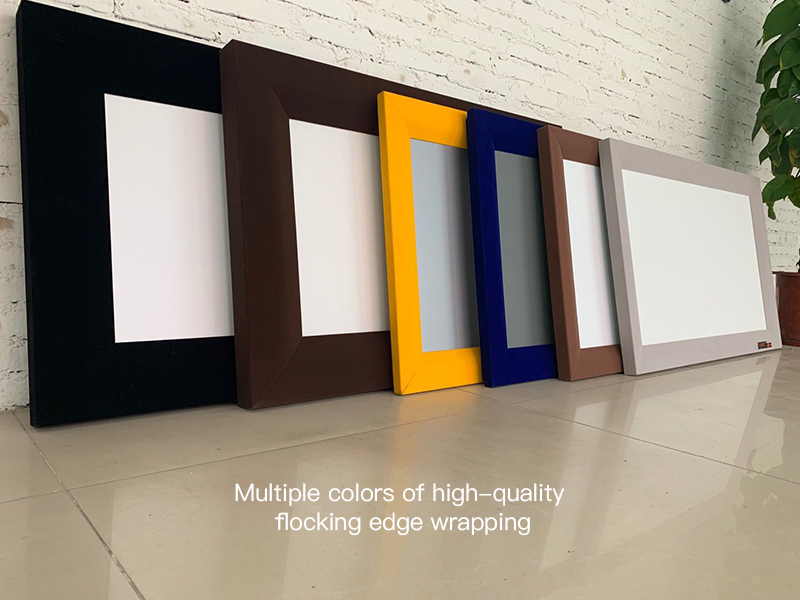

After nearly 5 years in the custom projection screen business, I get questions every day: “Should I choose a white wall or a projection screen for my home?” “Can we get a custom-sized screen for the office that’s easy to move?” Today, let’s break down projection screens in simple terms, plus share the perks of our custom services—you’ll stop overthinking once you read this!
First, let’s clarify a key term: projection screen gain. Put simply, it’s a “score” for how well a screen reflects light. The industry defaults to a matte white wall having a gain of 1. If a screen’s gain is <1, it reflects less light than a white wall (great for dark rooms like bedrooms); if gain is >1, it “concentrates” light (perfect for bright spaces like living rooms). But higher gain isn’t always better! We tested screens in 2025 and found that screens with gain over 2.5 cause color distortion when viewed from the side—ruining the experience.
1. Comparison of 3 Main Projection Screen Types (2025 Tested Version)
| Screen Type | Application Scene | Gain Range (2025 Models) | Ambient Light Requirement | Customization Highlights |
| Reflective (Front Projection) | Home Theaters, Meeting Rooms | 1.0-3.0 | Low→Medium (Higher gain = more light-resistant) | Curved/flat options, custom-sized to wall width |
| Transmissive (Rear Projection) | Mall Ads, Exhibition Halls | 0.8-1.5 | Medium→High | Thin design for wall embedding, transparent options available |
| Furniture-Built-in | Small Apartments, Studies | 1.2-1.8 | Low→Medium | Hidden in furniture (custom to furniture size), saves space |


2. 2025 Screen Buying Tips: White Wall vs. Cheap Screens vs. Projection Paint
Many clients wonder, “Is a cheap screen (
40−110) better than a white wall?” We tested 5 cheap screens in March 2025 and found:
- Cheap screens (40−110): 80% had “uneven reflection”—dark details looked blurry, and edges curled after 6 months;
- White walls: Even brightness but too dim—you need thick curtains during the day;
- Projection paint: A budget-friendly option! Paint it on a smooth wall, and it reflects 30% better than traditional screens. You can also customize the size (but for large areas, let us help—we offer “dual-screen backup” with custom screens).
3. 3 Common Client Questions (2025 Updated Answers)
Q1: I have pets—can you make a scratch-resistant screen?
A: Absolutely! Our 2025 custom screens come with a scratch-resistant coating—cat claws won’t leave marks. We can also make “hidden screens” that fit your sofa size, so you can tuck it away when not in use.
Q2: For meeting rooms that use projectors often, manual or electric screens?
A: Go for a custom electric screen! Ours has “memory positioning”—it stops at your usual height with one click. We can also print your company logo on it, which looks more professional than manual screens. Many clients chose this in 2025.
Q3: How do I maintain a projection screen if it gets dirty over time?
A: Easy! Wipe it with a dry cloth normally. For stains like juice, use diluted neutral cleaner (no alcohol—it damages the coating). We also offer 1 year of free maintenance for custom screens—just reach out if you have issues.
Finally, a honest tip: Don’t skimp on a cheap screen if you want good image quality! We customize screens to your home/office size and decor. For example, if your living room wall is 3.2m wide, we’ll make a 3.2m seamless screen. If you want style, we can add lace borders—prettier than frame screens. Contact us for a free design draft!


